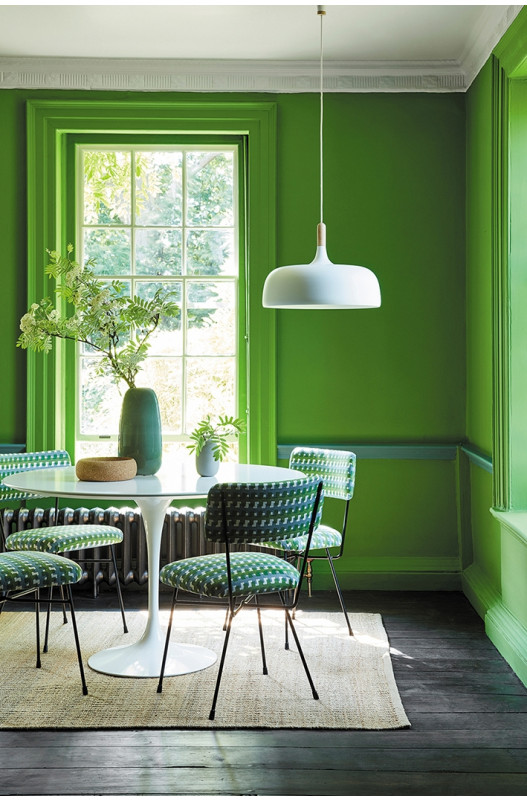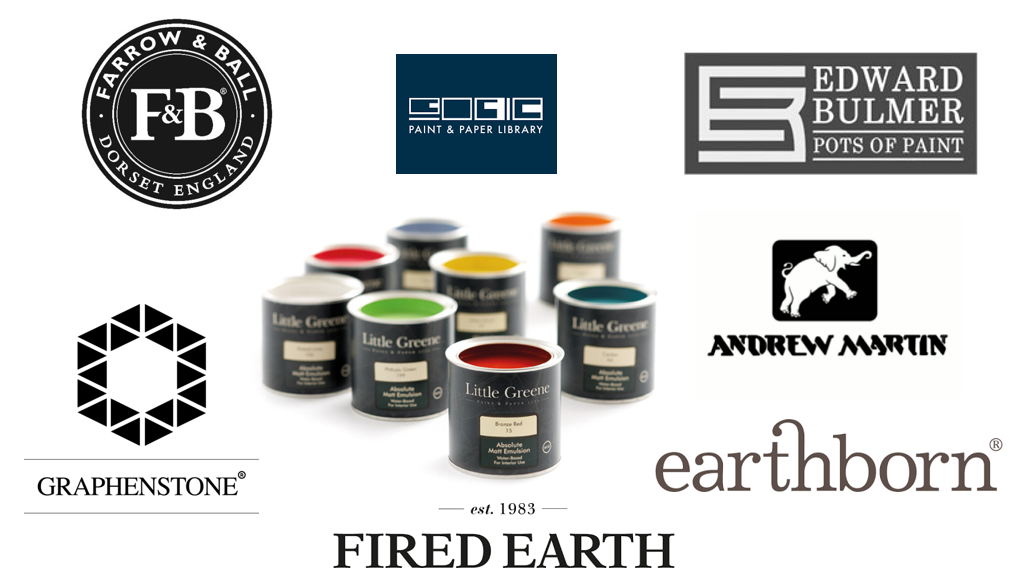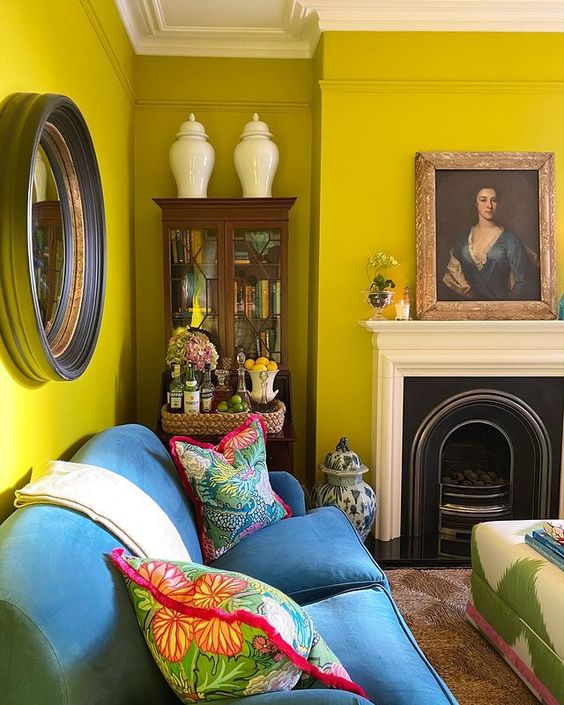Paint is one of the most transformative changes you can make to your home. However, choosing paint for your home that is safe for your family and indoor air quality can seem like a mystifying quest. And, if you choose the safest kind of paint, will it stand the test of time?
Like all products that are marketed as “environmentally friendly”, it’s important to understand exactly what it is you’re getting and whether or not the product is as “green” as it claims to be. Choosing which paint to decorate your home with is no exception!

Although lead was phased out as an additive in ordinary paint meant for the general public in the 1960s, lead is not the only paint additive that is bad for your health. Most paints today contain chemicals — known as volatile organic compounds (VOCs) — that can negatively affect your health. When you enjoy that “new paint” smell, ironically you are inhaling dangerous VOCs.
VOCs are carbon-based chemicals that easily evaporate into the air at room temperature. They can include fungicides, formaldehyde, ethylene glycol, and benzene. Although the majority of VOCs leave the paint as the wall dries, not all of them do. In fact, paint can release VOCs into the air for years following the initial painting, a process known as off-gassing, putting your family at risk.
The end result is that the average indoor air quality of our homes becomes more contaminated than outdoor air, leading to a general decline in health and well-being. Indoor air pollution is currently one of the biggest environmental threats to public health.
Harmful VOCs are not always acutely toxic, but they have compounding long-term health effects.
They have been proven to contribute to conditions including cancer, breathing difficulties, dizziness, headaches, fatigue, and blurred vision. In addition, the VOC-rich air in your home over subsequent years can put you or a family member at a higher risk of developing asthma, sinusitis or allergies. Pretty nasty stuff!


Thankfully, due to stricter government regulation and more awareness on the part of the consumer, nearly all household paints are water-based meaning that they have lower VOCs. This means that they off-gas much less than traditional paints. The EU limit on VOCs in emulsion paint is 30g/L. However, there are many paints available on the market today that contain lower, or no VOCs. And from a health perspective, the fewer chemicals, the less off-gassing, the better!
Like many healthier alternatives, no- and low-VOC paint usually costs more than regular paint, but is definitely worth the added expense. This additional cost is due to the increased content of natural pigments in the paint, which are more expensive to extract from the earth than petrochemicals. But it is this increased pigment content that gives walls a real depth of colour, absorbing light so that the colour appears to glow from behind. In addition, higher-quality paint will go on smoother, take longer to dry (meaning brush strokes are less visible), and last longer, demanding fewer retouches down the line.
An inexpensive brand of paint might make sense in the short term, but we have to ask what is being sacrificed to produce this cheaper paint, and is it worth the so-called saving when our health and our planet is at stake?
Here are some of the paint companies whose products I specify for my client projects, based on their eco-friendly credentials.
- Graphenstone – Virtually VOC free (<0.01g/L)
- Paint and Paper Library – Pure Flat Emulsion paint VOC content <0.1g/L
- Edward Bulmer – Emulsion paint VOC content <0.1g/L
- Earthborn – Claypaint VOC content <0.5g/L
- Little Greene – Absolute Matt Emulsion paint VOC content 2g/L
- Fired Earth – Matt Emulsion paint VOC content 2g/L
- Farrow & Ball – Estate Emulsion VOC content 6g/l
- Andrew Martin – Matt paint VOC content 10g/L
- Designers Guild – Perfect Matt Emulsion VOC content 15g/L
- Sanderson – Active Emulsion paint VOC content 15g/| VOC
- Zoffany – Elite Emulsion paint VOC content 15g/L
(VOC figures extracted from the companies paint charts / websites)

One more tip – don’t overbuy! Paint can be difficult to dispose of properly and this ensures that you won’t end up with too much extra paint to get rid of.
I hope I have helped to clear up any confusion? Happy painting!
